Democracy made world’s longest tunnel possible
People travelling through the Gotthard tunnel when it opens on Sunday to scheduled passenger traffic will have direct democracy to thank for their speedier journey.
In 1992, Swiss voters went to the polls and approved a CHF10 billion ($10 billion) construction project, billed as the greatest of the century for the country.
The Gotthard Base Tunnel – at 57 km (35 miles) – was the centerpiece of plans to build a series of tunnels linking the north of the Alps with the south, significantly cutting travel times.
With costs running higher than expected, the Swiss were asked again – this time in 1998 – to approve an increase of the budget to CHF15.5 billion, which they did. (The costs are currently at nearly CHF24 billion, with about half for the Gotthard section.)
According to historian, Georg Kreis, it’s nothing short of a miracle that such a costly project could win approval at the ballot box since citizens can launch initiatives to shoot them down.
The professor at the University of Basel said voters in Switzerland have a tendency to block projects they feel are dictated from above by ‘technocrats’, ‘financial barons’ or the government.
Compromise
A strong reason why the Gotthard could be built, despite direct democracy, is Swiss federalism – a Swiss approach to finding compromises to keep the regions happy.
The transalpine project included another long Alpine tunnel, the Lötschberg, which is key to speeding up rail traffic to and from the west of the country, as well as improved connections in the northeast.
In general, it can be said that fears of a project being blocked at the ballot box lead the authorities to take a cooperative approach in the planning stage.
Political scientist Claude Longchamp says such an approach complicates matters but softens potential opposition. “If there hadn’t been a nationwide vote, the planning of the tunnels may have been easier but there would have been a lot of opposition, as there is with any large project.”
Nationalisation
In fact, Swiss railway history is closely tied with the development of Switzerland’s brand of direct democracy. It was in 1891 that citizens said ‘no’ to the nationalisation of the country’s railways. This led to the resignation of the minister responsible. In order to prevent a government crisis, the lawyer representing the opponents was elected to the cabinet.
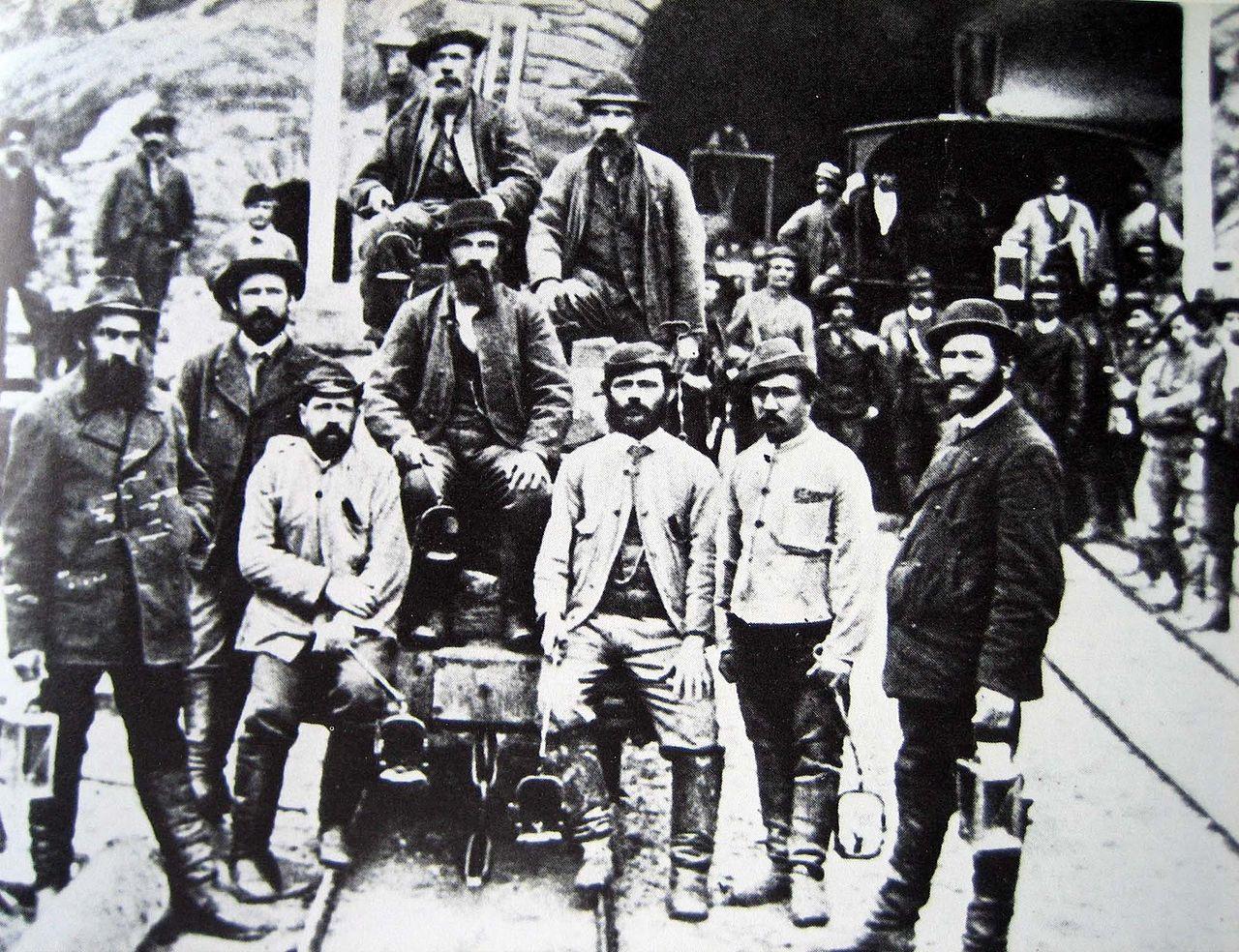
Seven years later – during his tenure, the move to nationalise the country’s five biggest railway companies was finally accepted by voters.
“Political scientists are of the opinion that direct democracy was a reason to integrate the former opposition,” Longchamp says.
The influence of the railways on direct democracy goes back even further, to around 1860, according to Longchamp. At the time, opponents of a planned linkup of the cities of Bern and Biel felt a petition would not be enough to stop the controversial project.
“In 1862, the opponents called for a referendum,” Longchamp says. In 1874, the right to launch initiatives was finally enshrined in the Swiss constitution. According to Longchamp, it was a game-changer for parliamentary democracy.
Contact the author @SibillaBondolfi on FacebookExternal link or TwitterExternal link.

In compliance with the JTI standards
More: SWI swissinfo.ch certified by the Journalism Trust Initiative

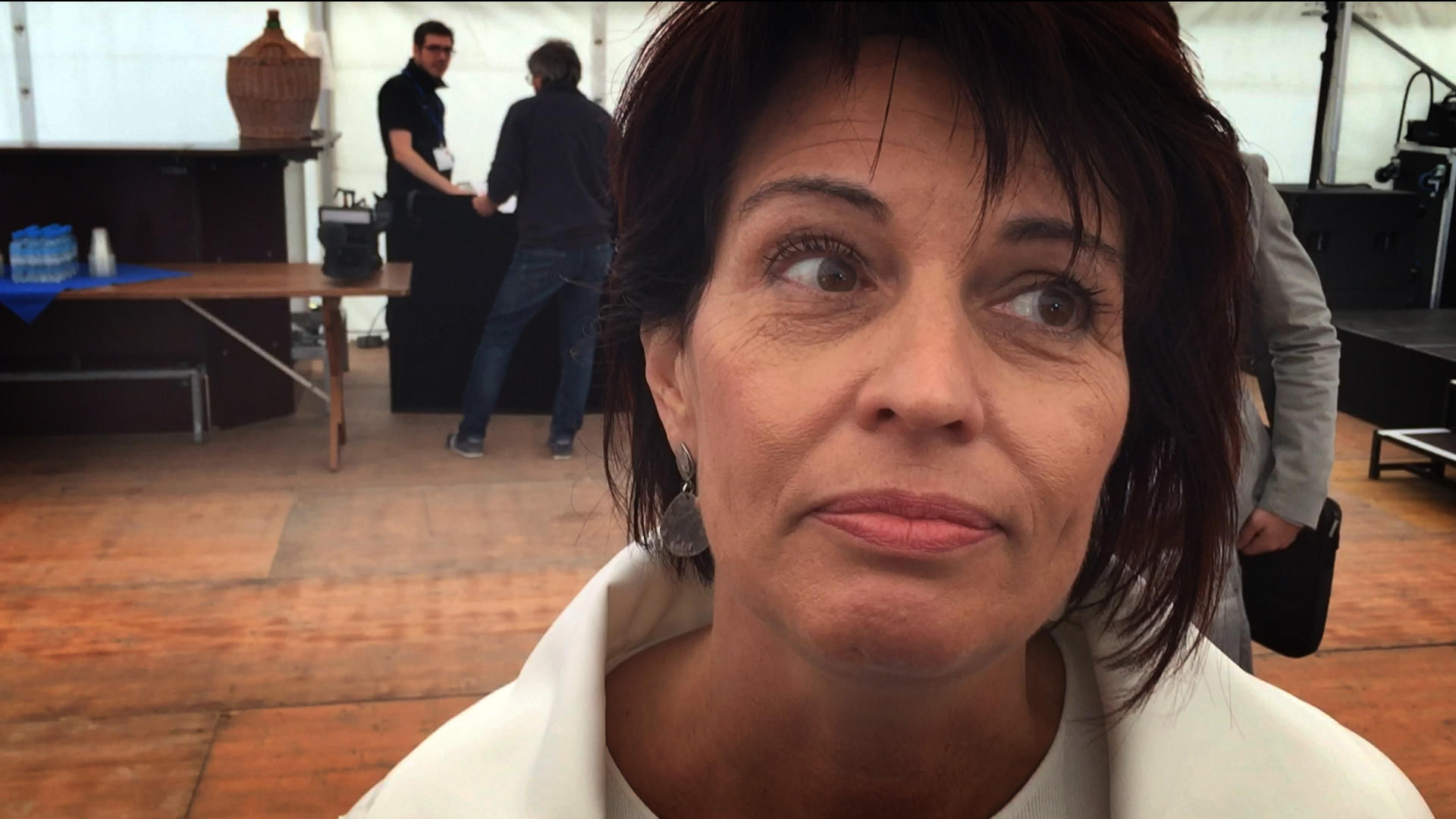
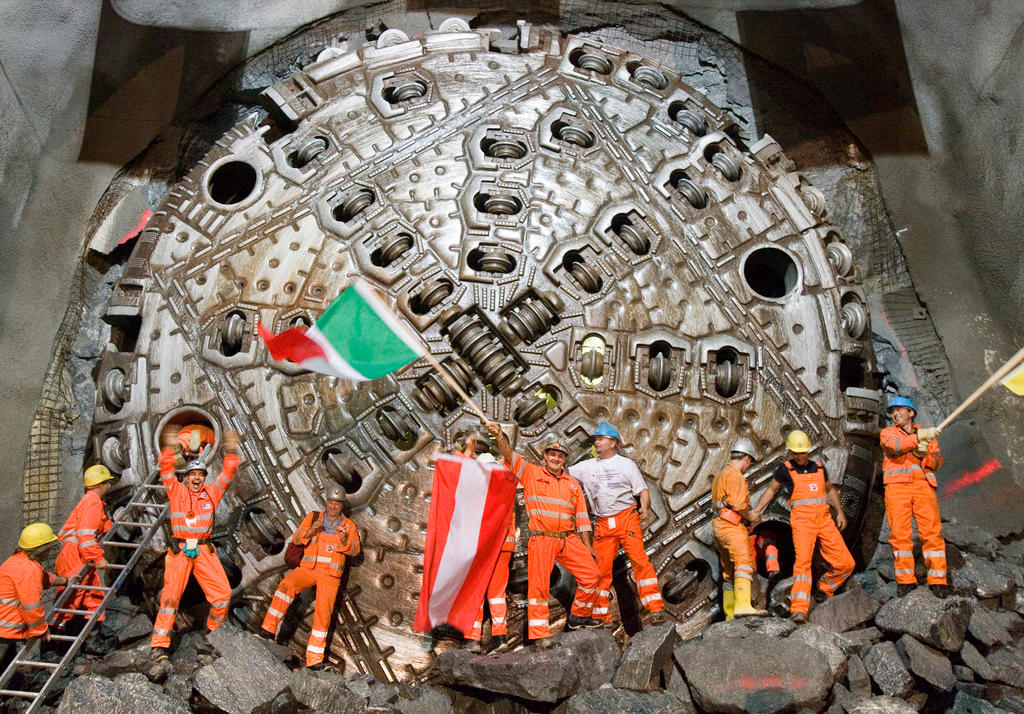
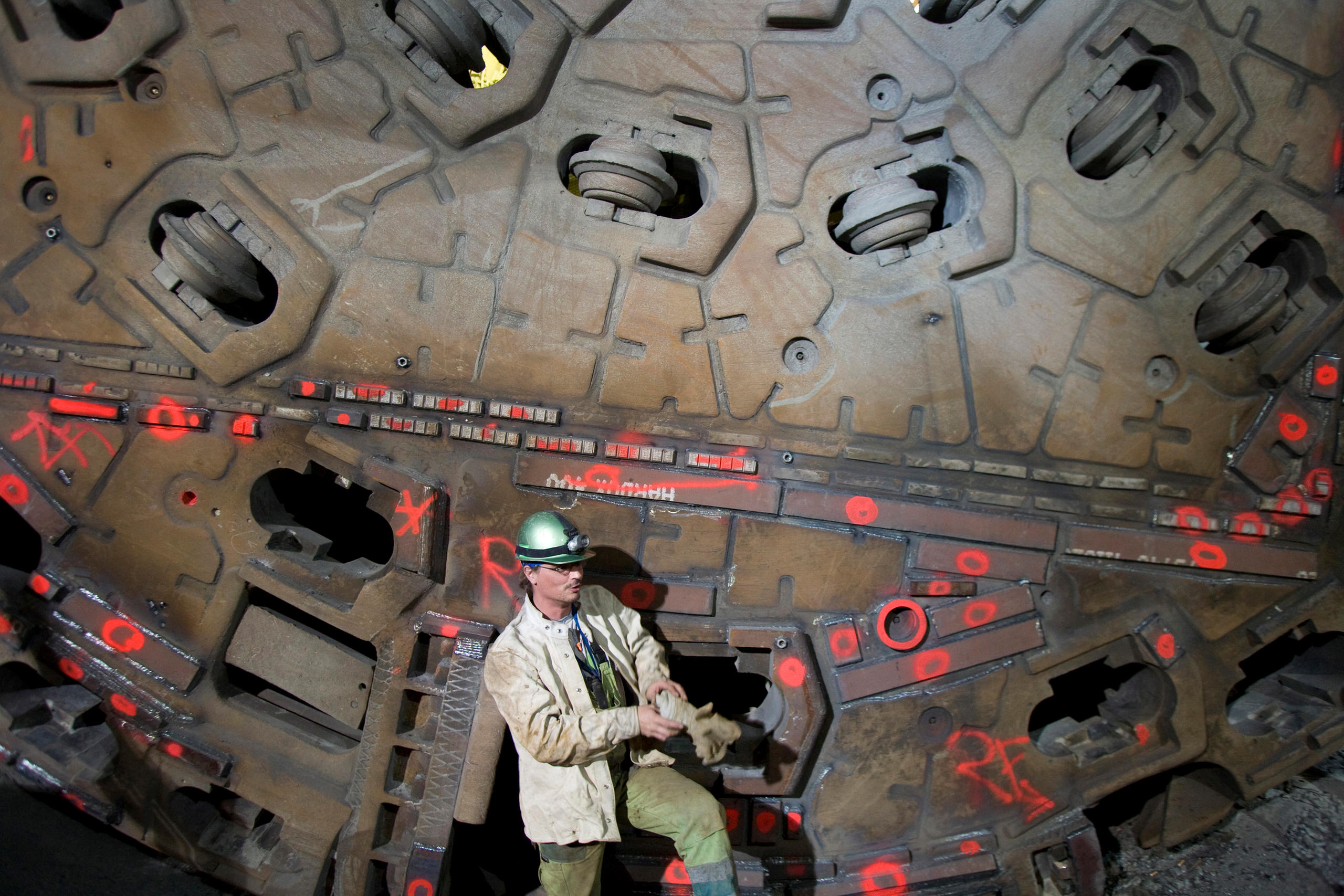
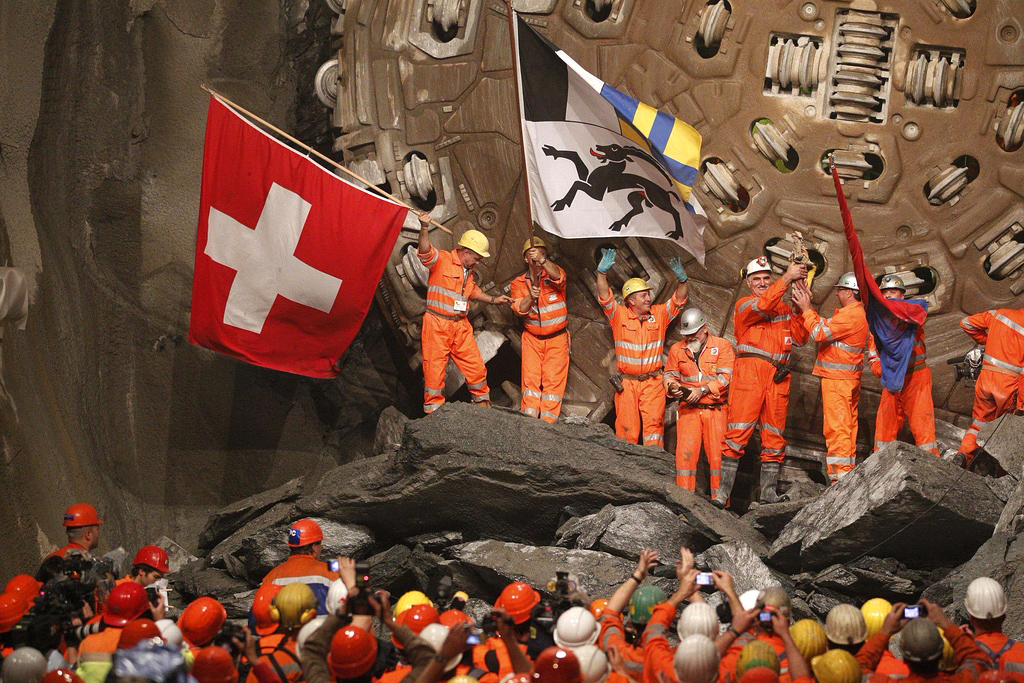
You can find an overview of ongoing debates with our journalists here. Please join us!
If you want to start a conversation about a topic raised in this article or want to report factual errors, email us at english@swissinfo.ch.